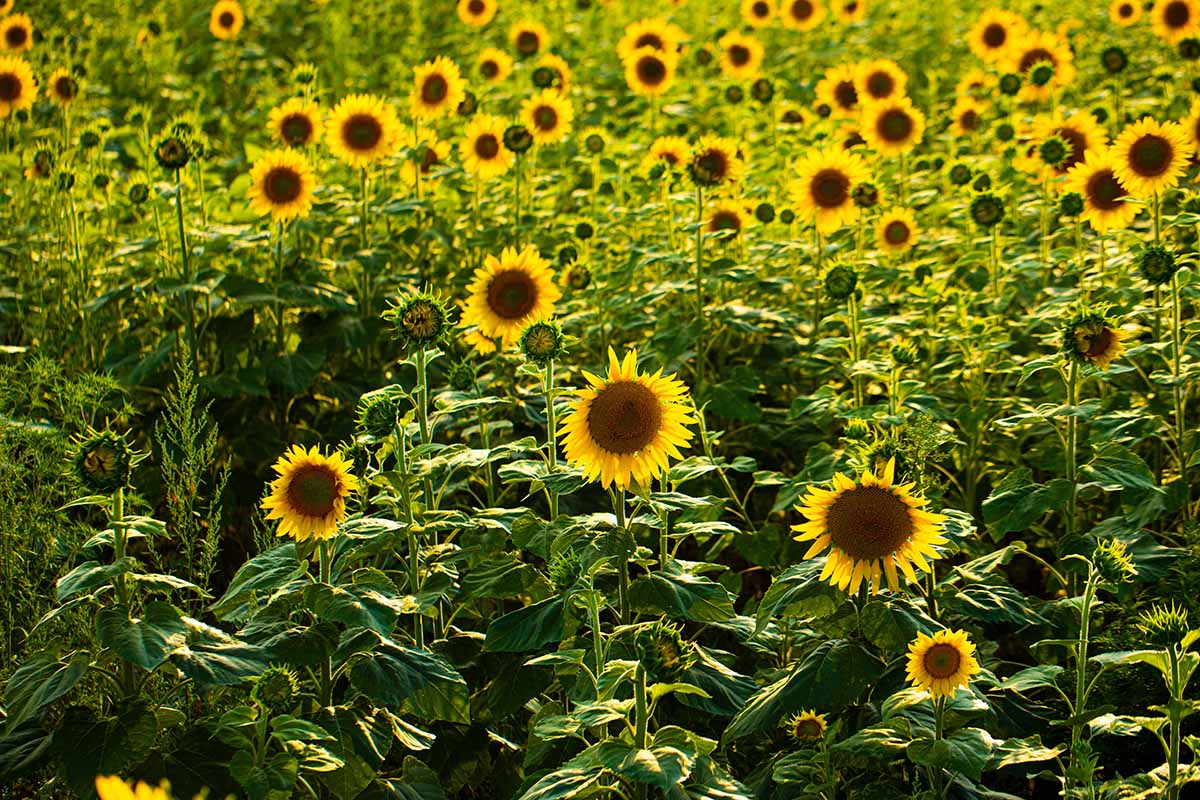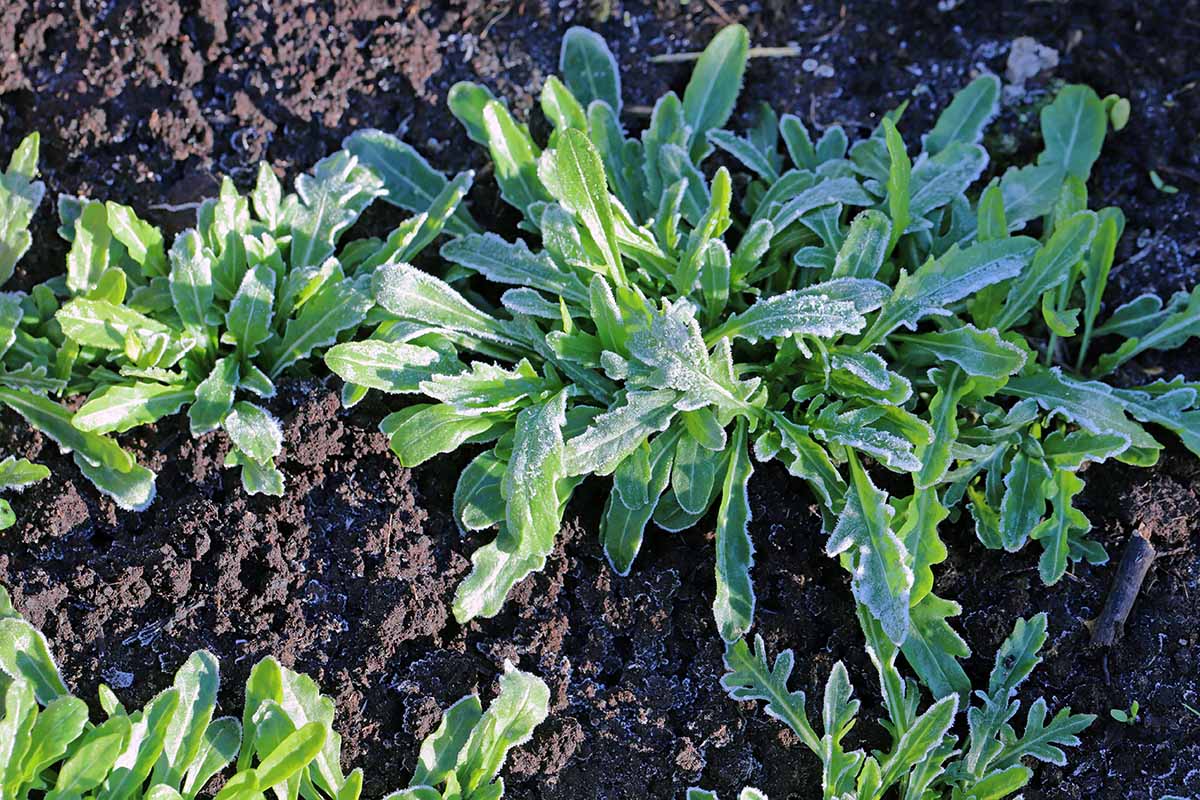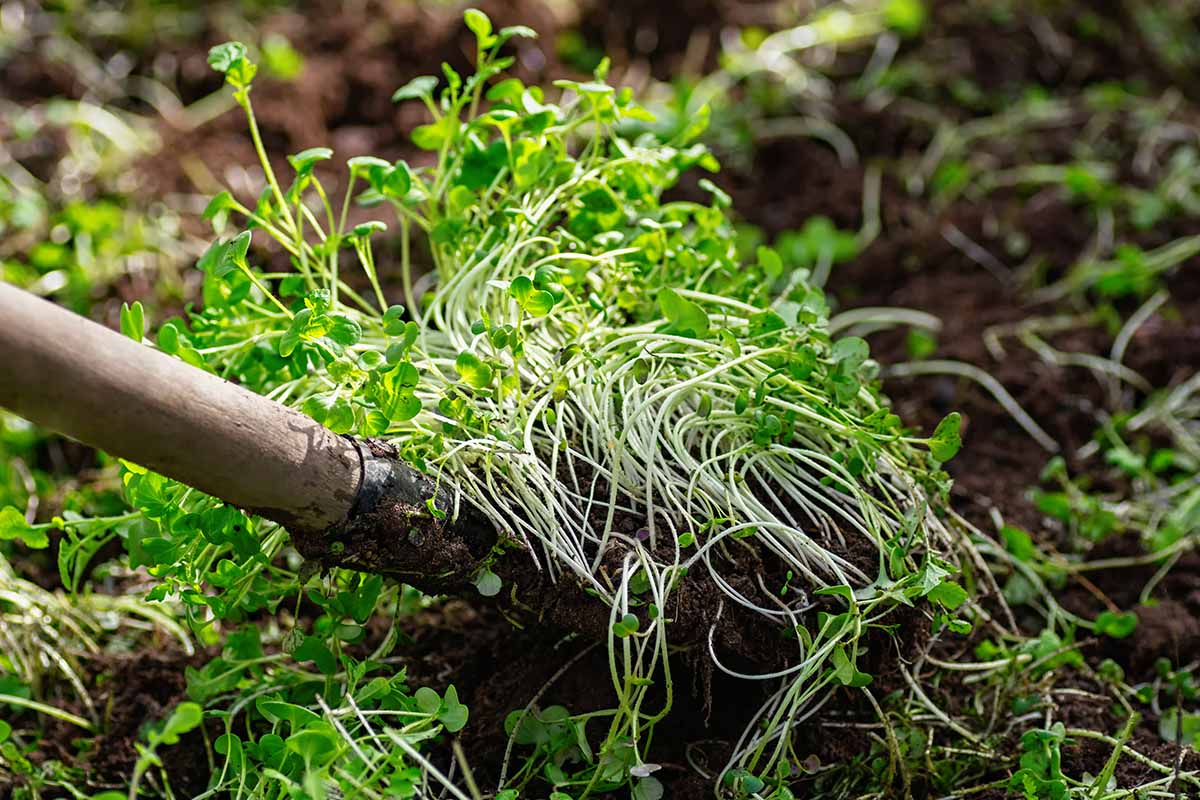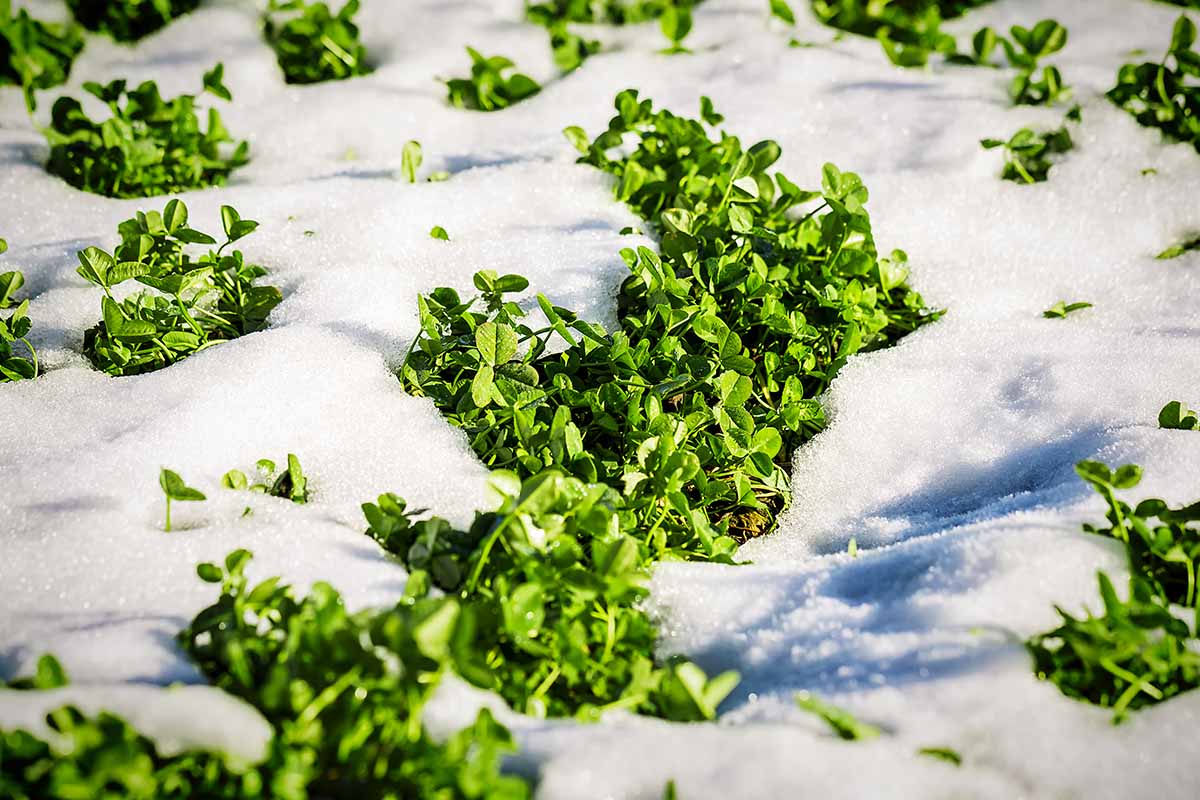Cover Cropping 101: Learn How to Use Cover Crops in the Garden
Cover crops offer a smart and sustainable way to produce healthy, vibrant soil for robust, happy plants without using synthetic fertilizers. They also control erosion, suppress weeds, bust pest cycles, and improve water retention. Learn all about the art and science of beneficial cover cropping right here.







